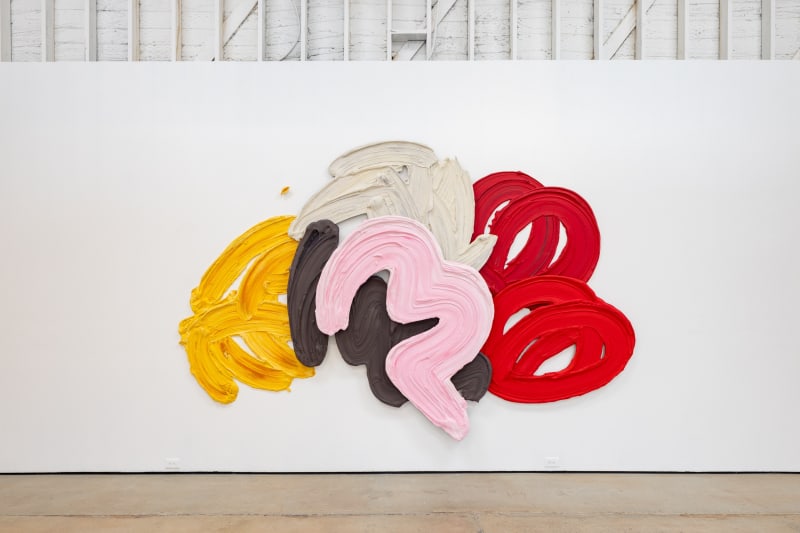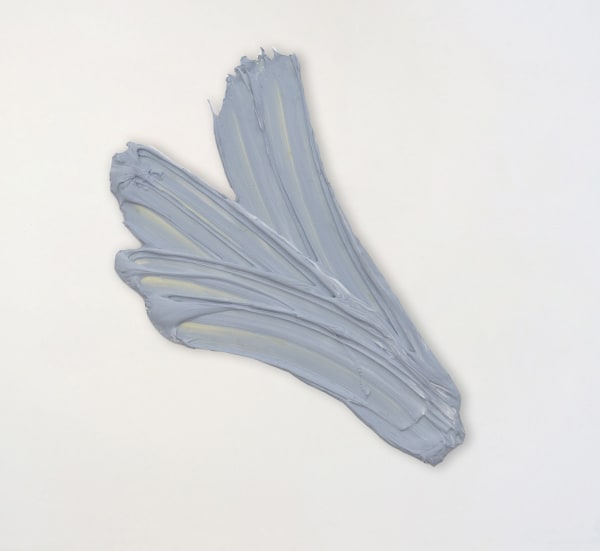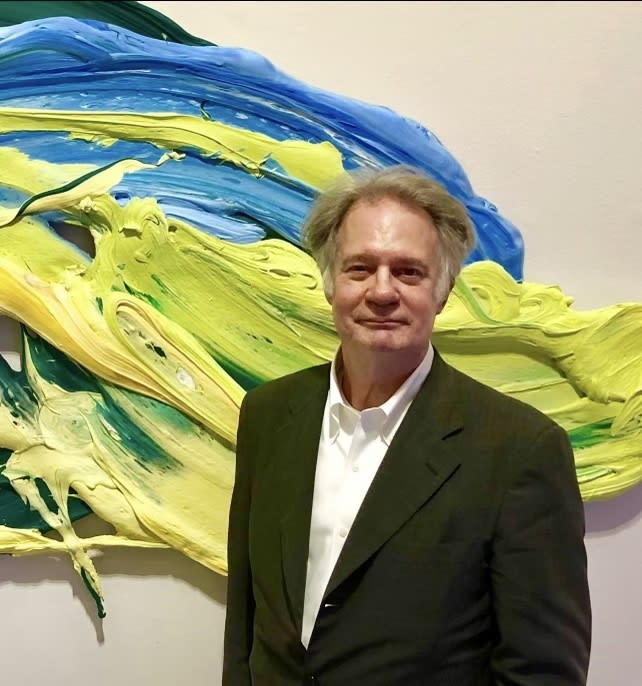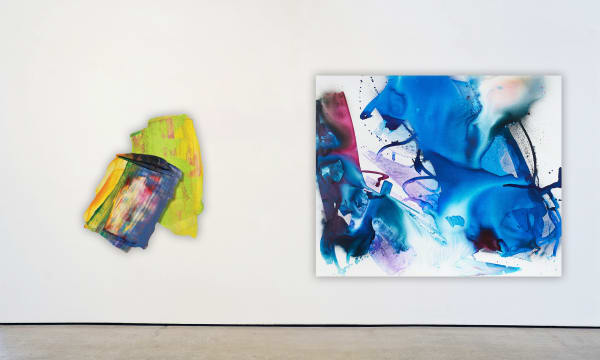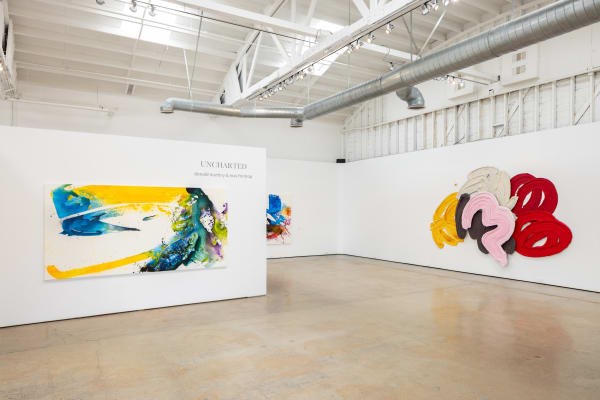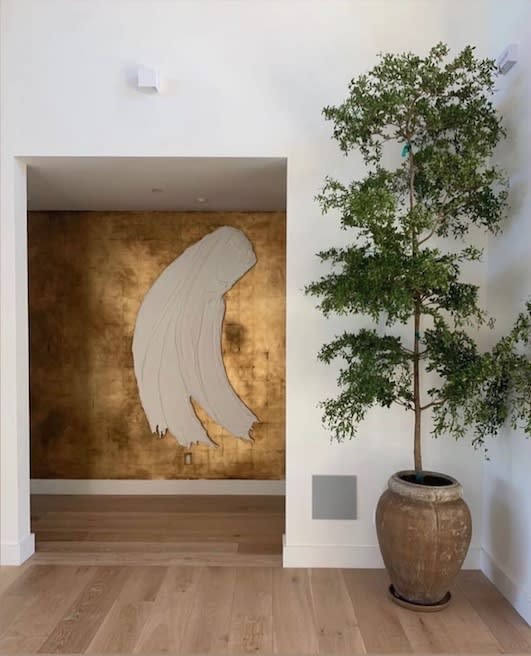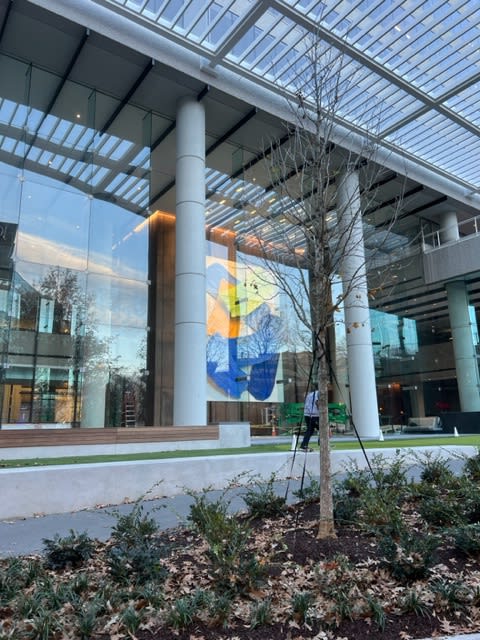Donald Martiny American, b. 1953
Donald Martiny is interested in allowing gesture to escape from the traditional rectangular support and realize its potential in relation to architectural space. Each piece encourages a dialogue between the viewer, the work, and the space contained within. The art of Donald Martiny exists somewhere between painting and sculpture. We are confronted with a singular brushstroke; huge; a seemingly spontaneous, lavish eruption of color and texture on the wall.
Donald Martiny was born in Schenectady, NY in 1953 and currently lives and works in Connecticut. He studied at the School of the Visual Arts, The Art Students League in New York, New York University and the Pennsylvania Academy of Fine Arts. Museum exhibitions include the FWMoA, Courtauld Institute of Art, Alden B Dow Museum of Art, Falmouth Museum, and the Cameron Art Museum. In 2015 Martiny received a commission from the Durst Organization to create two monumental paintings that are permanently installed in the lobby of One World Trade Center in New York City. In 2015 Martiny received the Sam & Adele Golden Foundation for the Arts Residency Grant and his work has been featured in the Huffington Post, NPR, Philadelphia Inquirer, VOGUE LIVING | Australia, New American Paintings | South and Woven Tale Press. Martiny’s work is represented by galleries in Europe, the US and Australia and is collected internationally.
“Donald Martiny’s work forces us to question the established definitions which form the backbone of our understanding of painting as both a pursuit and a product and of apint as a medium. In challenging the viewer in these ways, it is not only visually exciting but intellectually invigorating.”
-Professor Deborah Swallow, Märit Rausing Director, The Courtauld Institute of Art
“In the 1950s, artists like Jackson Pollock and Franz Kline elevated the gesture to the position of the protagonist in abstract expressionism. In the 21st century, Donald Martiny advances that idea considerably further by freeing the gesture of gestural abstraction from the substrate which, heretofore, provided the context that brought gesture to life. Working with polymers and dispersed pigments, Mr. Martiny has developed a methodology that enables him to isolate his sumptuous, almost sculptural, brushstrokes and lift them off the page, so to speak. The nature of his material is such that Mr. Martiny can work a much largre scale than if he were dependent on a canvas surface; indeed, each singular brushstroke might range from two – to as much as six feet in length. Installed, these compelling monochromatic gestures immediately breathe a new kind of life into the gallery space.
Historically, Mr. Martiny’s work to date fits right into the continuum of monochromatic painting, a contemporary reductive movement that has advanced the concerns and broadened the interests of the classic Minimalists of the 1960s and of the much ealier Suprematists, who openly sought the ‘death of paint’ with their monochromatic efforts. Mr. Martiny belongs to a family of painters, including such luminaries as Kazimir Malevich, Alexander Rodchenko, Ad Reinhardt, Barnett Newman, Frank Stella, and Olivier Mossett. Amazingly, these distinguished artists brought something noticeably different to this admittedly singular and restrictive approach to painting. Before Mr. Martiny, though, each of these other great painters relied on manipulating the relationship between canvas and pigment to achieve subtle nuanced differences in each painting. Mr. Martiny has greatly expanded the painterly agenda by taking the brushstroke completely off the canvas entirely. I applaud his commitment to furthering the monochromatic agenda and his ability to make fresh, new work that acknowledges, rather than negates, decades of previous good work. Rather than hastening the death of painting as Rodchenko forecast, monochromatic painting has already enjoyed a long lifeline and, in the hands of Donald Martiny, is alive and well.” -Charles Shepard III, Director, Fort Wayne Museum of Art.
NOTABLE COLLECTIONS
Phoenix Art Museum, Phoenix
The Crocker Museum of Art, Sacramento, CA
The Amon Carter Museum of American Art, Fort Worth TX
The Newcomb Museum of Art at Tulane University, New Orleans, LA
Fort Wayne Museum of Art, Fort Wayne, IN
The Lamborghini Museum, Sant’Agata Bolognaese, Italy
One World Trade Center, New York City, NY
Los Angeles International Airport, Los Angeles, CA
-

Art Dusseldorf
April 16 - 19, 2026Madison Gallery will be showing at Art Dusseldorf 2026.Read more -

Donald Martiny
Ècriture February 21 - April 18, 2026Donald MartinyRead more -

Donald Martiny and Max Frintrop
Uncharted September 14 - October 26, 2024Read more -

Donald Martiny
Urpflanze May 6 - July 6, 2023Donald Martiny contemporary art abstract Southern California gallery sculptureRead more
-
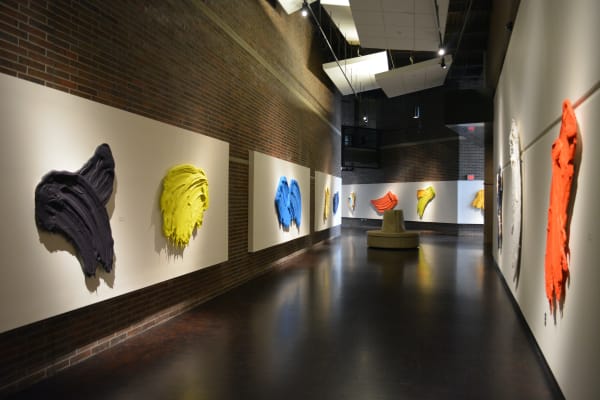
Donald Martiny
Fort Wayne Museum of Art May 25, 2020In the 1950s, artists like Jackson Pollock and Franz Kline elevated the gesture to the position of the protagonist in abstract expressionism. In the 21st...Read more -
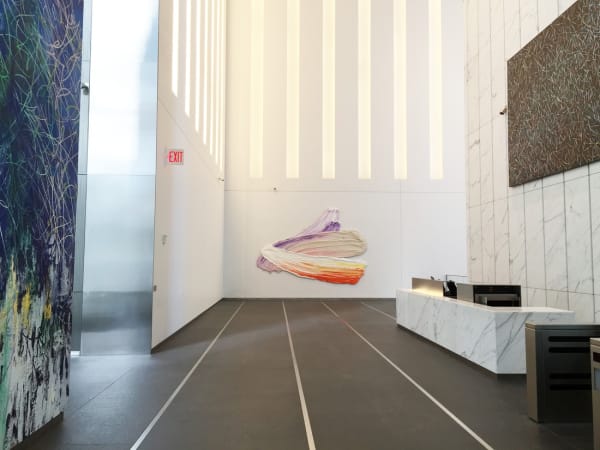
Donald Martiny
One World Trade Center July 12, 2016Donald Martiny discusses his permanent collections on One World Trade Center, NYC.Read more
-

Scottsdale Ferrari Art Week
March 20 - 23, 2025Madison Gallery will be presenting at the Scottsdale Ferrari Art Week in March 2025. The Scottsdale Ferrari Art Week Fair is a unique event at the historical and cultural crossroads of the great American Southwest.Set in one of the country’s fastest growing cities with an ascendant contemporary Indigenous art culture, the fair will showcase over a hundred leading galleries at the scenic WestWorld alongside cultural performances, sculptural installations, and innovative programming including collaborations with institutions, galleries, artists, and prominent collectors.Read more -

Intersect Aspen 2024
July 30 - August 3, 2024Intersect Aspen Art FairRead more -
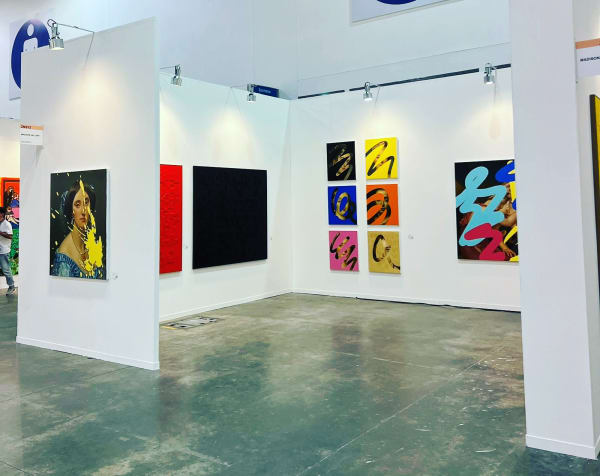
Zona Maco 2023
Mexico City February 8 - 12, 2023Art Fair Zona Maco contemporary art mexico cityRead more -

59th Venice Biennale
Personal Structures April 18 - November 27, 2022Art Fair Venice Biennale abstract art sculptureRead more
